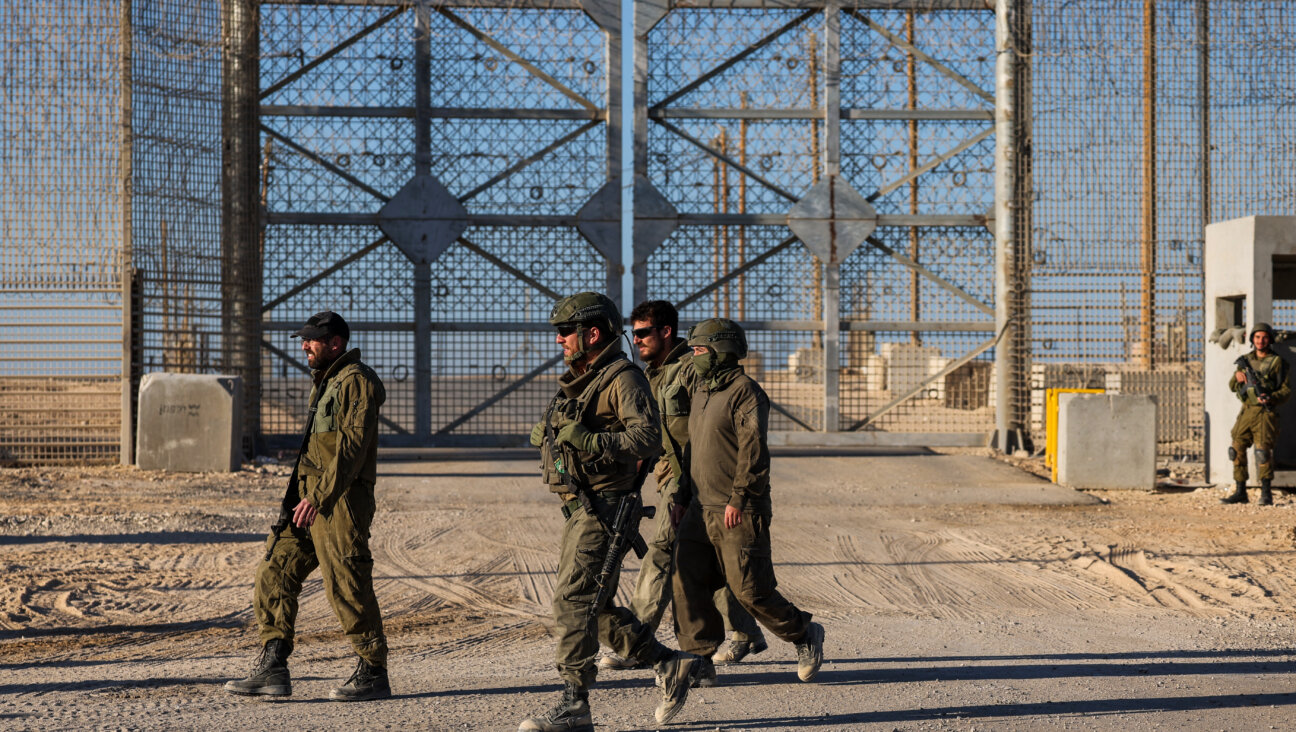Israel Launches Gaza Ground Operation
Israel entered the second week of its offensive against rockets from Hamas-ruled Gaza on Saturday evening by launching a much-expected ground operation into the coastal strip.
Shortly after the ground operation began, a heavy exchange of fire was reported between Israeli troops and Hamas militants inside the Gaza Strip.
“The objective is to destroy the Hamas terror infrastructure in the area of operations,” said Israel Defense Forces Major Avital Leibovitch, a military spokeswoman, confirming that incursions were under way. “We are going to take some of the launch areas used by Hamas.”
The IDF Spokesperson’s office issued a statement, emphasizing that this stage of the operation will further the goals of the eight-day offensive as voiced by the IDF until now: To strike a direct and hard to bring about an improved and more stable security situation for residents of Southern Israel over the long term.
Large numbers of forces are taking part in this stage of the operation including infantry, tanks, engineering forces, artillery and intelligence with the support of the Israel Air Force, Israeli Navy, the Shin Bet security service and other security agencies.
Meanwhile, the cabinet has authorized an emergency call up of tens of thousands of IDF reservists.
The invasion was preceded by the firing of artillery shells into the strip from military preparation sites dotted along the Gaza-Israel border.
The artillery fire aimed to detonate Hamas explosive devices and mines planted along the border area before troops marched in.
Palestinian witnesses said the artillery barrage caused a large explosion in Gaza City as well as a series of blasts stitching the nearby frontier with Israel.
Channel 10 television quoted a witness as saying that Israel was shelling targets along the entire length of the shared border.
At one tank base along the border, the roar of tank engines and the rumble of their movements toward the border could be heard after dark, though none moved across the frontier. Hamas officials also reported tank movement toward the border near the northern Erez crossing point.
Defense officials said some 10,000 troops, including tank, artillery and special operations units, were massed on the Gaza border and prepared to invade. They said top commanders were split over whether to send in ground forces, in part because such an operation could lead to heavy casualties but also because they believe Hamas already has been dealt a heavy blow.
A family in Beit Lahiya said that an Israeli artillery shell had hit a house there, wounding many people. Ambulances could not immediately reach them because of the resulting fire, they said.
Meanwhile, Israel Air Force warplanes stepped up airstrikes on Gaza, bombing the main road that runs throughout the strip in three different spots, making travel from one side of the Strip to the other close to impossible.
Palestinian health officials in Gaza reported Saturday evening that 13 people had been killed in another IAF bombing of a mosque in Beit Lahiya. They said that 26 Palestinians had died in IAF raids after dark Saturday.
The air force struck more than 40 Hamas targets over the course of Saturday, killing the third senior Hamas official since Israel’s aerial assault began. On Saturday morning, Israel Radio quoted a spokesman for the Hamas military wing as saying it had repelled an attempt by Israel Defense Forces soldiers to infiltrate the Shajaiyeh section of Gaza City.
According to Israel Radio, Hamas said that its militants detected the soldiers and fired six mortar shells. Hamas said the soldiers reportedly opened fire and then returned to Israeli territory.
A message from our CEO & publisher Rachel Fishman Feddersen

I hope you appreciated this article. Before you go, I’d like to ask you to please support the Forward’s award-winning, nonprofit journalism during this critical time.
At a time when other newsrooms are closing or cutting back, the Forward has removed its paywall and invested additional resources to report on the ground from Israel and around the U.S. on the impact of the war, rising antisemitism and polarized discourse..
Readers like you make it all possible. Support our work by becoming a Forward Member and connect with our journalism and your community.
— Rachel Fishman Feddersen, Publisher and CEO























